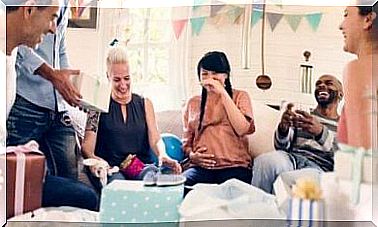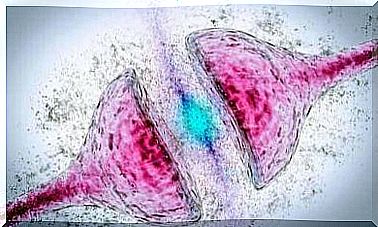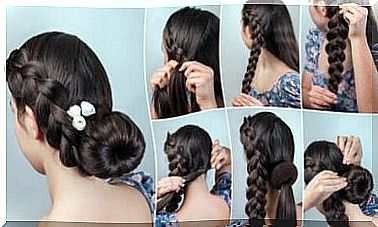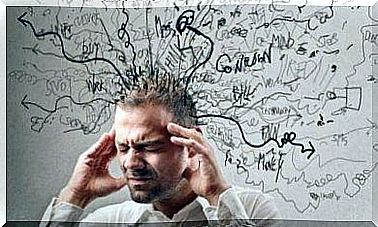Find Out Why Babies Are Staring

The world is a whole new place for the newborn and the baby explores it with his senses. Babies stare at a person or object because it moves, because it is bright, or because it changes in front of his eyes. Babies follow things with their eyes until a new interesting object comes into their sight. For adults, ordinary things are fascinating for babies.
When a shadow or light hits a baby’s close gaze, babies simply start staring at it. Adults have already become familiar with such sensations, and few things can come as a surprise to us. Everything is familiar and common to us. But for a baby, for example, a colorful mobile above his bed can mean a whole new kind of world.
Babies are like sponges. They absorb reality and make connections based on it. Countless sensations form emotional, bodily, and motor reactions that they utilize right from birth when interacting with others. Various practical guides for parents can be helpful at this stage of a child’s intense learning.
How does a baby’s sense of sight develop?
The baby’s brain is very plastic. Experts have recently found that nerve cells are able to adapt to their environment. Because they are connected to other neurons, babies recognize them with their senses without having to resort to using words.
Babies already have a special ability to learn at birth. The development of their vision goes hand in hand with motor and neurological development. For the first three months, babies look, stare, and follow lights and objects that end up in their field of vision.
When the baby is three to five months old, he begins to see his own hands, play with them, and play with the toys around him. At the age of nine months – one year, the baby begins to touch and play with the objects he or she recognizes. The retina matures when the baby is six to eleven months old. From the age of three to the age of six, a child’s visual capacity matures.
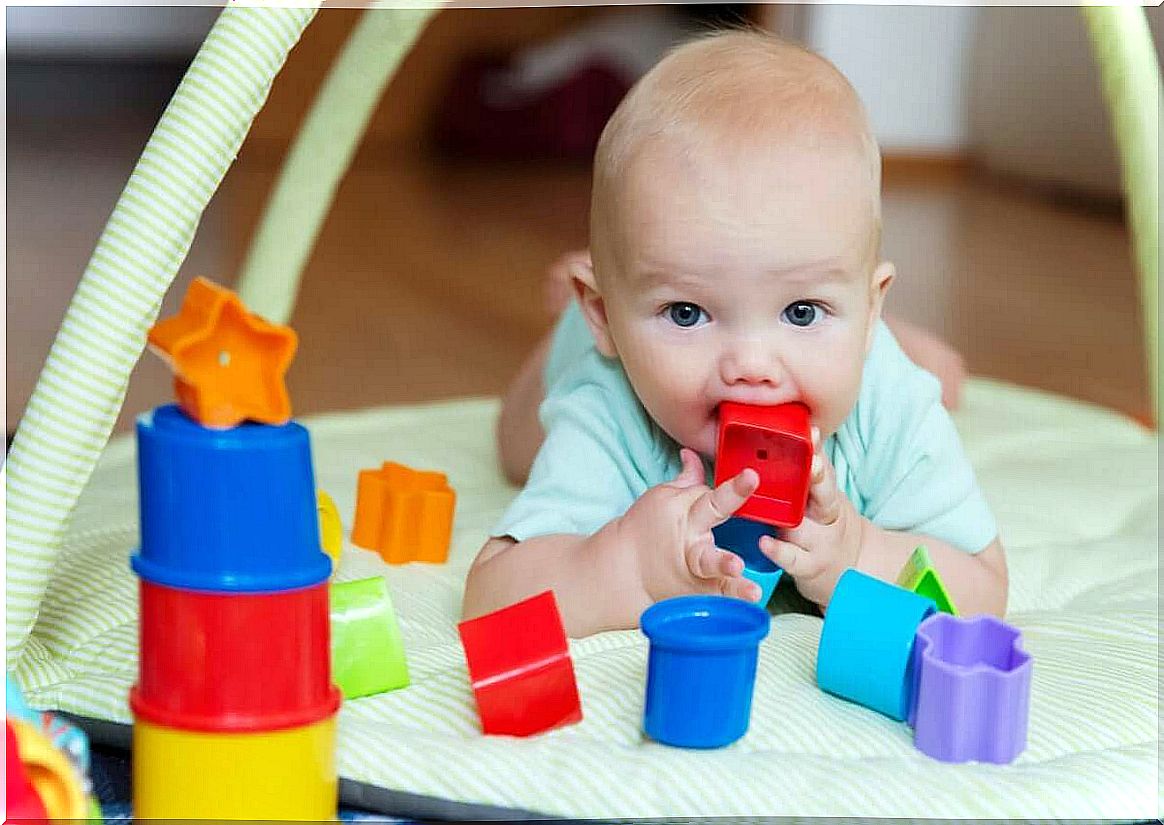
Why do babies stare at something or someone?
Babies stare at things as the movement draws their attention. The neuronal dynamism of babies is only proportional to the world that presents itself before their eyes.
Moving objects
Moving objects are of interest to babies. Experts recommend Mobile as one of the most important items to stimulate your baby’s senses.
Make sure the mobile rotates in a semicircle in the air, but it must not move too fast. The idea is to capture the baby’s gaze, affecting ocular mobility, which is important for a child’s vision development.
Shiny and illuminating objects
Spotlights and shadows also catch the baby’s eye. Babies pay attention to the contours of shapes and silhouettes as they do not cause visual discomfort or irritation.
Babies love details, which they look at with interest and feel with their hands and fingers. For example, a father’s beard and mustache may be very interesting things for a baby.
Colors attract babies
Vibrant colors and contrast between black and white attract babies. However, the baby should not be stimulated too much with color as it may exhaust the baby.
The baby’s eye fatigue is seen as sudden changes. Playing gentle music can work together as a synesthesia of colors, textures, and shapes.
When objects and faces have harmonious features
Experts believe babies are staring at “beautiful” faces. However, babies are not yet aware of socially accepted beauty ideals, but are believed to be attracted to soft, harmonious, round, and full-bodied shapes.
The familiar faces recognized by babies soothe them and make them feel safe and comfortable.
When to worry?
The problem is not so much that the babies are staring at something, but if the baby is experiencing so-called empty gaze or when he is not interacting with his caregiver. Although each baby develops at its own pace, it is important to observe if the following signs appear in the baby:
- If a two-month-old baby does not look at the person looking at him. Studies have shown that such a trait can be an early sign of autism.
- If a three- to four-month-old baby does not follow a moving object with his gaze. If the baby doesn’t smile at people looking for his eye contact.
- If a six-month-old baby does not try to grab the toys available to him or show affection for his or her guardians.
These signs may be accompanied by other signs such as problems with psychomotor development, language problems or neurological disorders.
How can you promote your baby’s vision development?
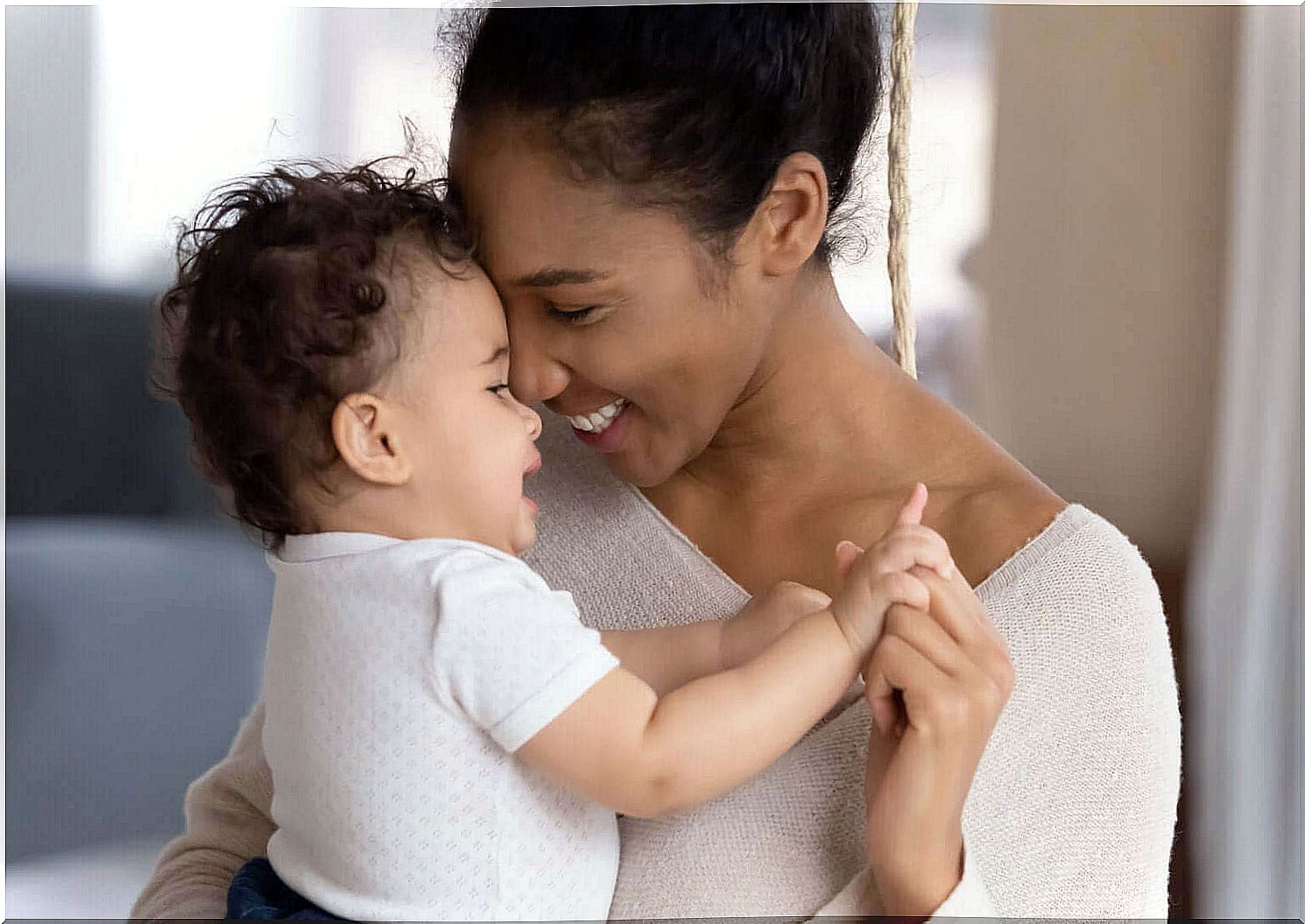
Visual stimulation involves emphasizing what you want your baby to see, feel, and remember. Colors, movements and shapes help to promote the development of the baby’s senses as well as his adaptation to his environment.
Babies are actively exploring everything. Associative mechanisms allow them to communicate with objects, sensations, and people of different concepts. These include care, food, safety, affection, rest, comfort, and satisfaction.
It is important for you to know that mirror neurons are important neuropsychological mechanisms in a baby’s visual development. They are essential for action, understanding, and imitation. In fact, about seven hours after birth, babies show interest in the mother’s face and soon begin to mimic the facial expressions of their primary caregivers.
For this reason, when babies stare at an activity in front of her eyes, they actually believe they are doing that activity themselves.
Another process that should not be overlooked is the development of implicit memory, which begins when a child is one and a half years old on average. This allows the child to unconsciously store and store information. Babies store behaviors and emotions expressed or induced by their caregivers at play or at some point in time.
Baby staring is magical!
When your baby looks at you, it feels wonderful. In that magical moment, your eyes meet and intentions and information are conveyed on both sides. You communicated with each other.
From that moment on, the caregiver realizes that she can introduce her baby to a wide variety of things. This will help the baby build his or her own personality.
